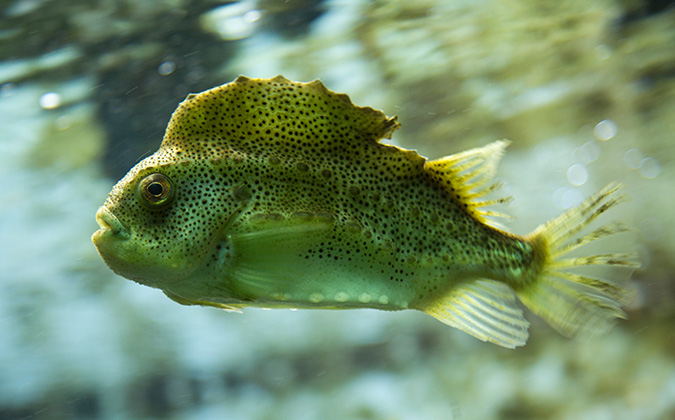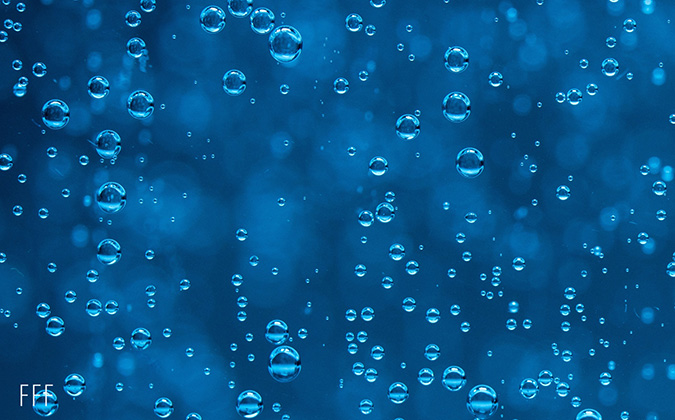
User-friendly tools put cleaner fish welfare in the spotlight
A package of tools designed by scientists at Swansea University has been made available to help producers monitor the welfare of lumpfish, commonly used as biological control for sea lice on salmon farms.
In recent years, concerns have been raised about the conditions faced by lumpfish in aquaculture systems, with high mortalities recorded and erosion and body damage acknowledged as welfare indicators.1
The Lumpfish Welfare Watcher, a package of tools for smartphone or laptop developed as part of the Access2Sea project and the Seafood Innovation Fund initiative, offers a basic approach to assessing the impact of practices on fish farms, said Sara Barrento, PhD, from Swansea University.
Assessing BMI, fin damage
Progress toward the tool began with researchers developing a series of indicators for lumpfish welfare, she explained, which led to meetings with producers to establish what would be useful for the industry.
The package includes a lumpfish body mass index (BMI) calculator, a rapid welfare-assessment tool, as well as e-learning resources.
The BMI calculator allows producers to first enter the environment the sampled fish are in. Then, weight and length are input to calculate BMI, which is recalculated as a percentage of expected BMI, then as a mean across the number of fish sampled. A set of recommendations is made after all data has been entered.
The rapid welfare-assessment tool includes the entry of individual tail fin damage scores on a scale from 0 to 2, where 0 is no damage and 2 is severely damaged, she explained, as well as scores for eye condition, sucker deformity, skin damage and BMI. After all details have been entered, an overall lumpfish-welfare score for farms, on a 0 to 10 scale, is given, with higher scores corresponding to better welfare.
High industry take-up vital
Following the pilot phase and fine-tuning, getting as many producers as possible using the tools is the priority, Barrento said, noting that no login or data sharing is required — a feature designed to appeal to farmers.
“It’s important to offer the industry welfare monitoring ‘shortcuts’ that are relevant to them. Offering a package of tools is the easiest way to do this. We’re not selling the app, just the concept,” she said.
She highlighted that while the salmon industry is driving innovation around cleaner fish health and welfare, there is still much to be done to truly make an impact in improving the lives of these fish in aquaculture systems.
“We still need to increase research capability in this area, making better links between cleaner fish behavior and health. Planning for the use of cleaner fish can be improved a lot, to really meet their hierarchy of needs in production systems. It’s important to understand the wider context,” she added.
1 Garcia de Leaniz C, Gutierrez Rabadan C, Barrento SI, Stringwell R, Howes PN, Whittaker BA, Minett JF, Smith RG, Pooley CL, Overland BJ. Addressing the welfare needs of farmed lumpfish: Knowledge gaps, challenges and solutions. Rev Aquac. 2022;14(1):139-55.
Posted on: June 15, 2022






